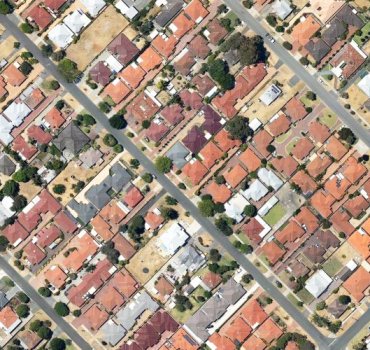

Infill housing, which has become commonplace in older Hamilton suburbs, presents its own problems, Russ Rimmington says.
Russ Rimmington expects some opposition to his council’s proposal to retro-fit homes – but he challenges the naysayers to suggest something better.
“National and Labour have failed when it comes to housing. Retro fitting is a tool to turn round the housing crisis,” he says.
The Waikato Regional Council is considering a multi-million programme to future proof hundreds of homes.
It will be a feature of the council’s 10-year plan proposal and consultation on it will run through April when people will be able to make their submission online by visiting the waikatoregion.govt.nz website.
Rimmington says it is common sense to retro fit existing housing stock and provide families and tenants with a healthy environment which is not now available in hundreds of Waikato homes.
“People will be able to take some pride in their home.
“And it is a better option than demolishing the house and using the section for low quality apartments. I look at Hamilton and I question the quality of the large number of infill housing there and wonder what those houses will be like in 10 or 20 years.”
The regional council’s plan was outlined in a business case supporting a sustainable housing scheme which discusses retro fitting homes with insulation, double glazing, heating and ventilation.
It is estimated more than one in five – 22.7 percent – of Waikato homes are always damp and 18.1 percent have mould issues.
The figures are plucked from the last census and are slightly worse than the national average percentages – 21.5 and 16.9.
The Health Ministry says cold, damp, crowded homes can increase the risk of respiratory issues and other preventable health conditions, such as rheumatic fever and skin infections.
It says there is strong evidence, nationally and internationally, of improved health outcomes resulting from warmer and drier homes.
“Improving housing is also an equity issue, with Māori and Pacific families being over-represented in low-income households in areas of poorer quality and crowded housing,” the ministry reports on its website.
The Science Learning Hub – Pokapū Akoranga Pūtaiao – quotes the Asthma and Respiratory Foundation NZ reporting 700,000 New Zealanders have a respiratory illness – at an annual cost to the taxpayer of $5.5 billion.

Russ Rimmington
In December Statistics New Zealand’s Housing in Aotearoa report said rental houses were more likely to be damp and mouldy, leading to serious physical and mental health effects.
It linked poor housing to serious health effects.
One in six houses reporting mould patches larger than an A4 sheet of paper. Just over half of those who lived in cold, mouldy homes had worse mental health issues than those who lived in warm dry homes.
They were more frequently sick with colds and cases of flu, and had higher rates of asthma.
That equates to more time off school for sick children, and more time off work for those employed.
The evidence showing the impact of third-world conditions in New Zealand houses on the country’s health budget is overwhelming.
In early 2019 another report said “preventable injuries and hospitalisations due solely to poor housing conditions in New Zealand” could be costing more than $145 million a year in ACC claims and hospital costs.
A study found homes that were damp or mouldy were a factor in more than 35,000 nights in hospital – at a cost of $35 million.
Russ Rimmington told the News that ensuring affordable homes for young people was one of the country’s biggest challenges.
“Owning your own home was part of the New Zealand DNA,” he said.
He said the barriers went beyond house prices and extended into compliance costs and section costs.
He was unhappy with the impact of the Resource Management Act and how the costs of it flowed down.
“People can’t get into rentals and we have them living in motels.”
He said it was the regional council’s role ot assist.
“Banks are not big on lending for retro fits and some people may not qualify,”
He said the project was not solely aimed at easing social deprivation.
He believes it could also help put a break on the rural drift to Hamilton from communities like Tokoroa and Tokaanu.
“It’s a drop in the ocean – but it’s a start.”








